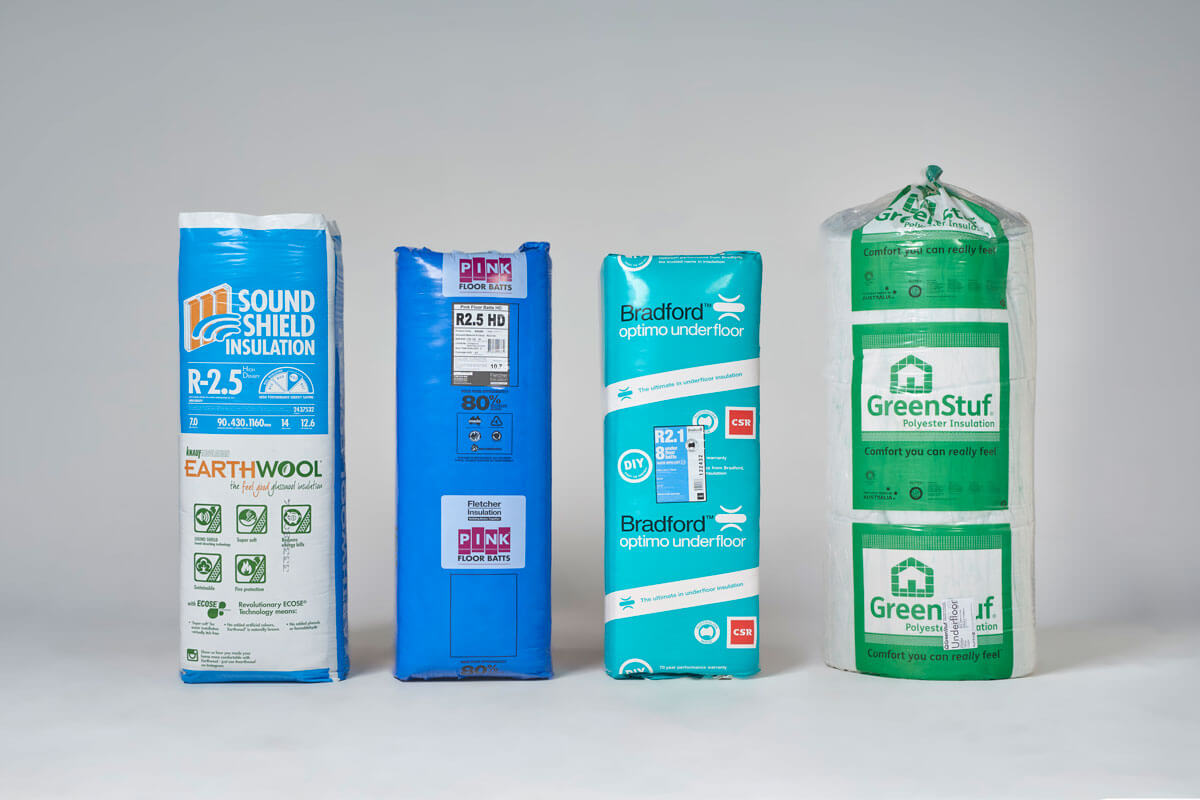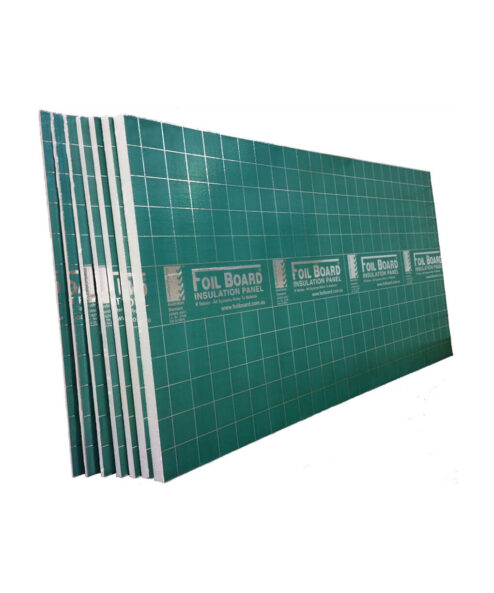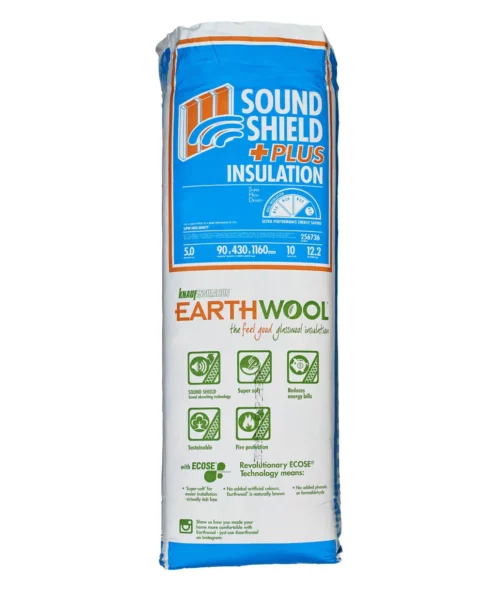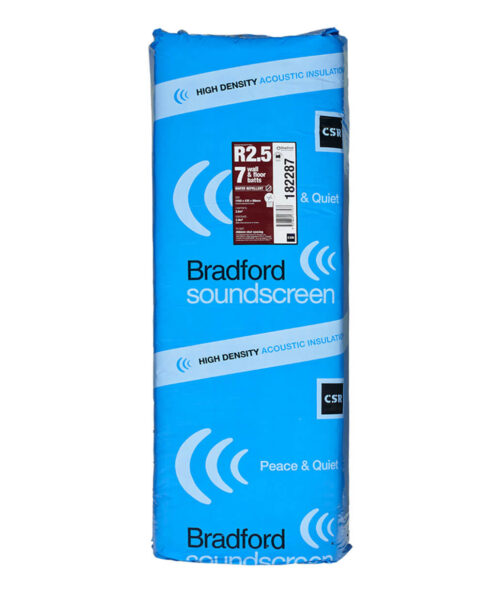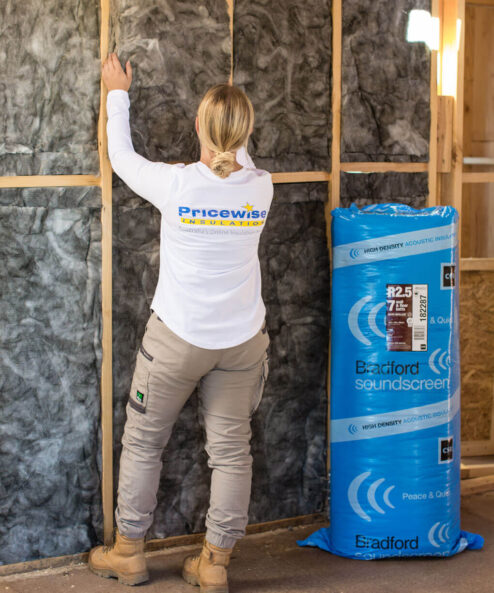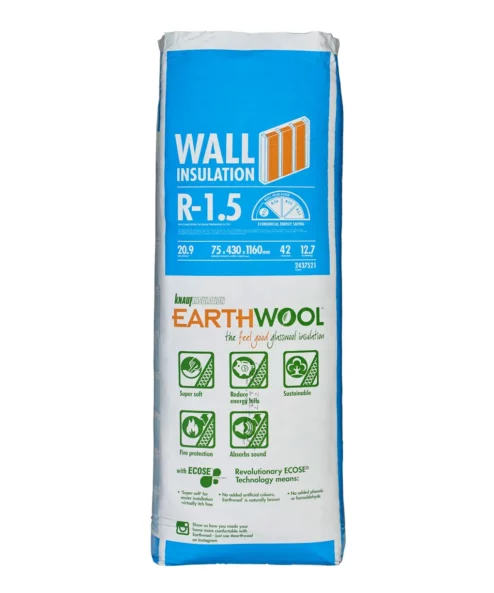Insulation Tips
Difference Between Internal and External Batts
When installing insulation, both the internal and external walls are areas that can make a big impact on the overall comfort of your home. However, you might be wondering if there is a difference between internal and external wall batts.
Typically, external insulation batts are optimised for thermal performance, while internal wall insulation batts are optimised for acoustic performance. However, it’s important to note that there are many products which provide both acoustic and thermal benefits for both internal and external applications. The key is to understand your needs, and choose a product which best meets those needs.
What is batt insulation used for?
Before we get into the thermal and acoustic benefits that insulation batts can offer, it’s worth answering the question “what is batt insulation?” Insulation batts fall under the category of ‘bulk insulation’ and work by trapping millions of tiny air pockets in their structure to slow down heat flow. In order to effectively do so, they must not be compressed when installed, and there should be no gaps between batts.
Typically, insulation batts are made from glasswool, polyester or rockwool, and are pre-cut to fit between rafters, studs or wall joists in Australian homes. They can be used to insulate almost anywhere in a home including internal and external walls, ceilings, floors and in between the floors or a multi-storey home. The right insulation batts offer many advantages including effective thermal regulation, decreased energy usage and reduced sound transfer to create a peaceful indoor environment. Not to mention, homes that are insulated effectively are kinder to the environment.
Video – How to Insulate Internal Wall with Acoustic Batts
Thermal Insulation Batts
The thermal rating of an insulation product is indicated by its R-Value. The higher the R-Value, the more effective the product is at resisting heat flow. For external applications, investing in thermal insulation with a high R-Value is a wise choice because it will help regulate the temperature of your home better, leading to an increase in energy savings.
Less well known is that internal insulation batts can also contribute to energy savings by reducing the transfer of heat from one room to another. With effective internal insulation batts, you can create climate zones within your home to heat or cool rooms more efficiently.
Acoustic Insulation Batts
Acoustic or sound insulation batts are specially designed to reduce sound transfer to create a more peaceful and private indoor environment. Compared to traditional insulation batts, acoustic batts are more dense which leads to their sound-reducing properties. It is important to note that acoustic insulation doesn’t compromise on thermal benefits; just check the R-Value of any acoustic insulation product to see how effective it is at resisting heat flow.
Many people choose to install acoustic insulation batts in their internal walls to reduce noise transfer from room to room. The same goes for installation between floors of a multi-storey home. However, acoustic insulation can also be installed in external walls to help stop noises coming into the home from outside, and to keep the noises within the home private from the outside.



